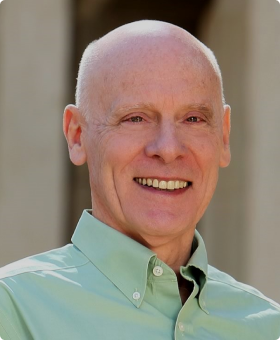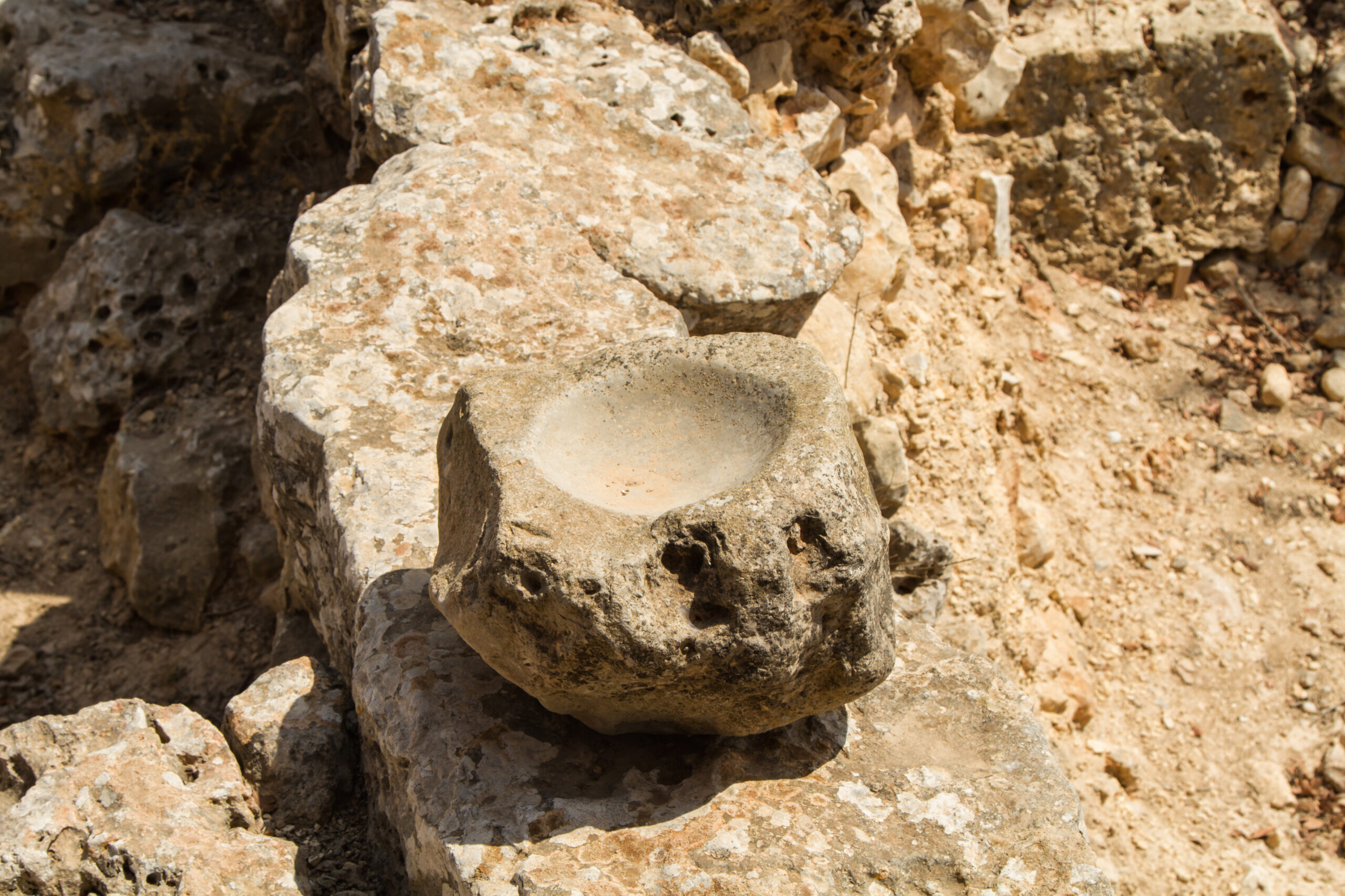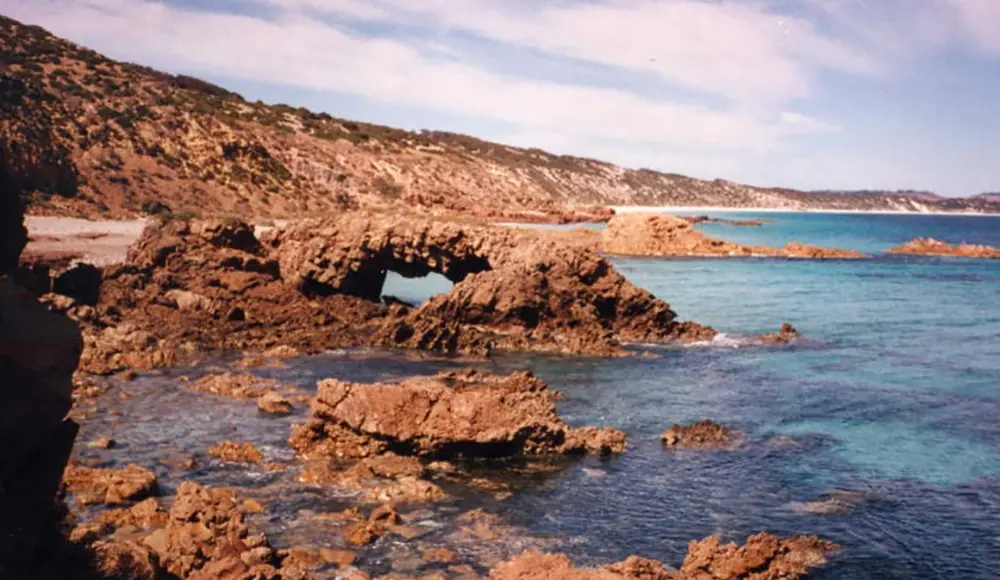This article was originally authored by Dr. Hugh Ross and is republished here with permission from Reasons to Believe, a ministry dedicated to integrating science and faith. All rights reserved by the original publisher. To explore more resources, visit their website Reasons to Believe.
A fossil discovery and early human migration
A fossil discovery of an extinct rat species may provide evidence for early human migration routes and for the possible location of the Garden of Eden.
Scientific and biblical data on human origins
Archaeological artifacts place the origin of humanity in eastern and southern Africa 50,000–90,000 years ago. Similar artifacts and human remains place early humans in the Levant (modern Israel, Lebanon, Jordan, and Syria) during the same period. DNA evidence supports a timeline between 10,000 and 300,000 years ago, while early villages and agricultural settlements point to the Persian Gulf region and Mesopotamia 12,000–13,000 years ago.
Ice core data confirms the last ice age persisted from 12,000 to 130,000 years ago, overlapping with this human activity window. This alignment of archaeological, genetic, and environmental data helps bridge scientific and biblical records of early human life.
New evidence of easy migration routes for early humans
A recent study published in the Proceedings of the National Academy of Sciences adds new insight. Researchers led by Ignacio Lazagabaster discovered subfossils of an extinct African crested rat species (Lophiomys imhausi maremortum) in the Levant near the Dead Sea—far north of its known range in eastern Africa.[3]
The fossils, dated between 42,000 and 103,000 years ago, suggest there were continuous ecological corridors that allowed both animals and humans to migrate between eastern Africa and the Persian Gulf region. These routes would have existed during glacial cycles when lower sea levels exposed land bridges across Arabia and the Fertile Crescent.
Discovery implications and biblical connection
The discovery reinforces that early humans had multiple migration options between Africa and the Persian Gulf. This aligns with Genesis accounts describing four rivers (Euphrates, Tigris, Pishon, and Gihon) converging near the Garden of Eden—a region that, during the last ice age, was above sea level. The evidence suggests that both human migration and biblical geography converge around the Persian Gulf basin as a cradle of early civilization.
During the last ice age, changing sea levels likely exposed passages between Africa and Arabia several times. These findings strengthen the argument that early humans, guided by both environmental opportunity and divine purpose, could have repeatedly migrated between Africa, the Levant, and Mesopotamia.
Endnotes
- Hugh Ross, “Did Arabia Provide a Migration Route for Early Humans?” Today’s New Reason to Believe (blog), May 28, 2015.
- Hugh Ross, Navigating Genesis (Covina, CA: RTB Press, 2014), 72–160.
- Ignacio A. Lazagabaster et al., “Rare Crested Rat Subfossils Unveil Afro-Eurasian Ecological Corridors Synchronous with Early Human Dispersals,” Proceedings of the National Academy of Sciences, USA 118, no. 31 (August 3, 2021): e2105719118, doi:10.1073/pnas.2105719118.
- Ross, “Did Arabia Provide a Migration Route.”
Go Deeper

Dr. Hugh Ross
Hugh Ross is the founder and senior scholar of Reasons to Believe, an organization dedicated to communicating the compatibility of science and the Christian faith. While in college, Hugh committed his life to Jesus Christ after his study of cosmology convinced him of the existence of a Creator, specifically the God of the Bible. Hugh holds a degree in physics from the University of British Columbia and a PhD in astronomy from the University of Toronto. After five years on the Caltech faculty, he transitioned to full-time ministry and still serves on the pastoral team at Christ Church Sierra Madre. His writings include journal and magazine articles, hundreds of blogs, and numerous books-Why the Universe Is the Way It Is, Improbable Planet, Designed to the Core, and Rescuing Inerrancy, among others. He has spoken on hundreds of university campuses as well as at conferences and churches around the world and participates in the weekly Stars, Cells, and God podcast.




.webp)
Leave a comment